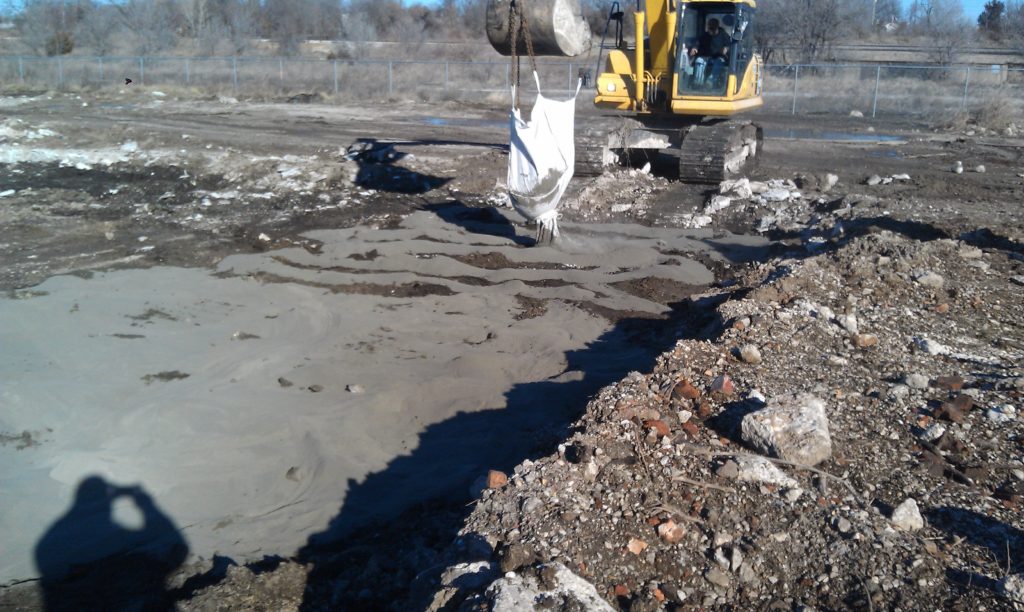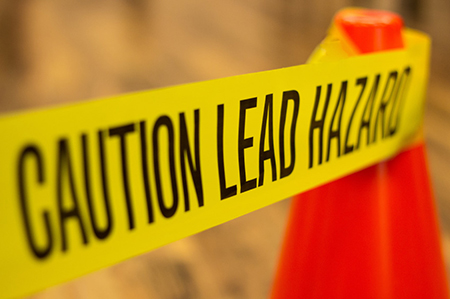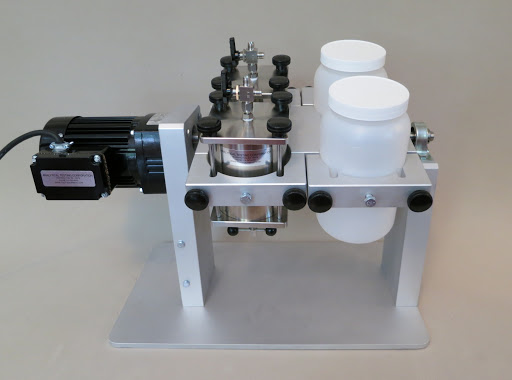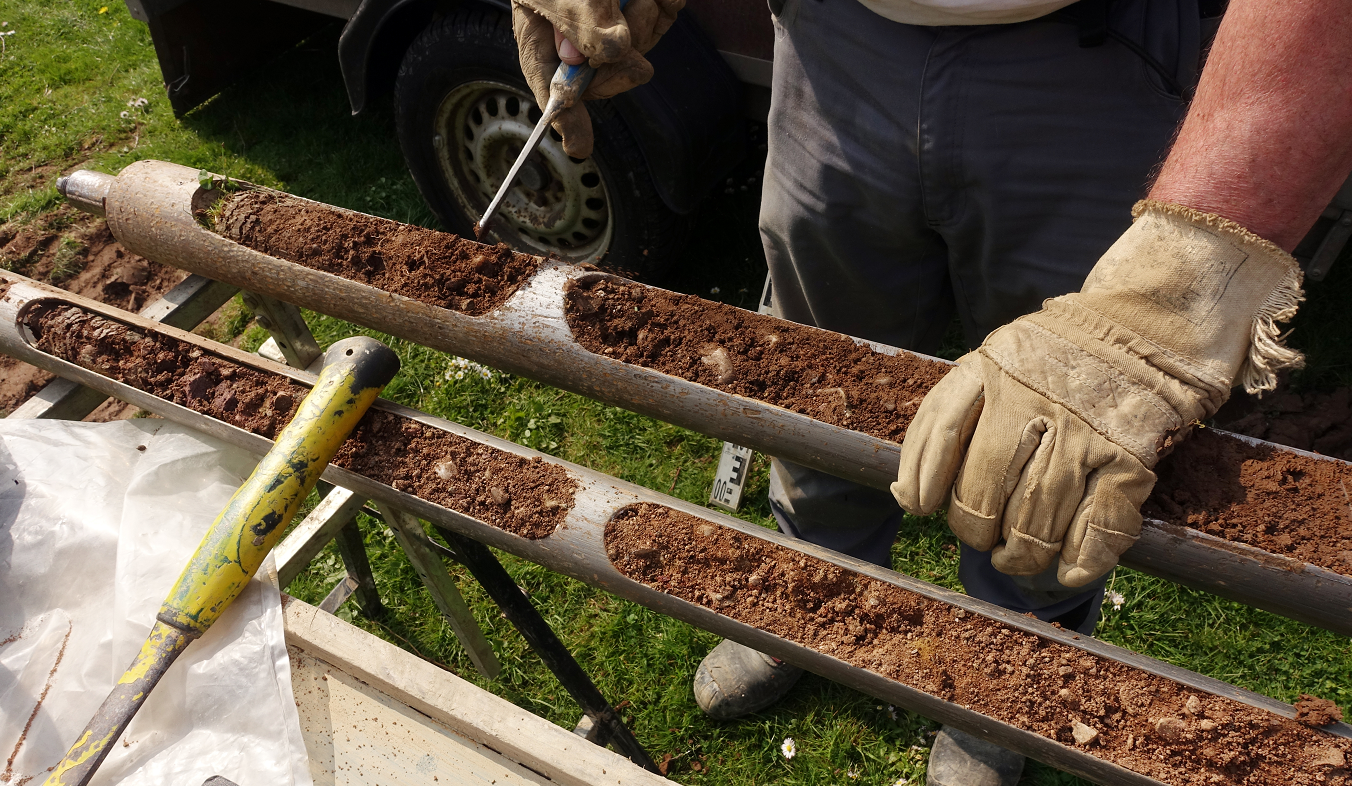The Price Battery plant operated in the Borough of Hamburg, Berks County, Pa., from approximately 1940 to the mid-1990s. The site, about 1.2 square miles in size located in a mixed commercial/residential area in the former Price Battery facility. During operations, battery casings broke open and the lead plates are removed for smelting. The on-site battery plant lead smelter produced emissions from its stack that contaminated the residential areas around the facility.
In November 2002, EPA started cleanup of residential properties. EPA completed the cleanup of approximately 555 residential properties in Hamburg, Berks County, PA that were determined to be contaminated with lead. Both interior and exterior cleanups were performed to protect people from exposure to lead in soils and lead dust in residences.
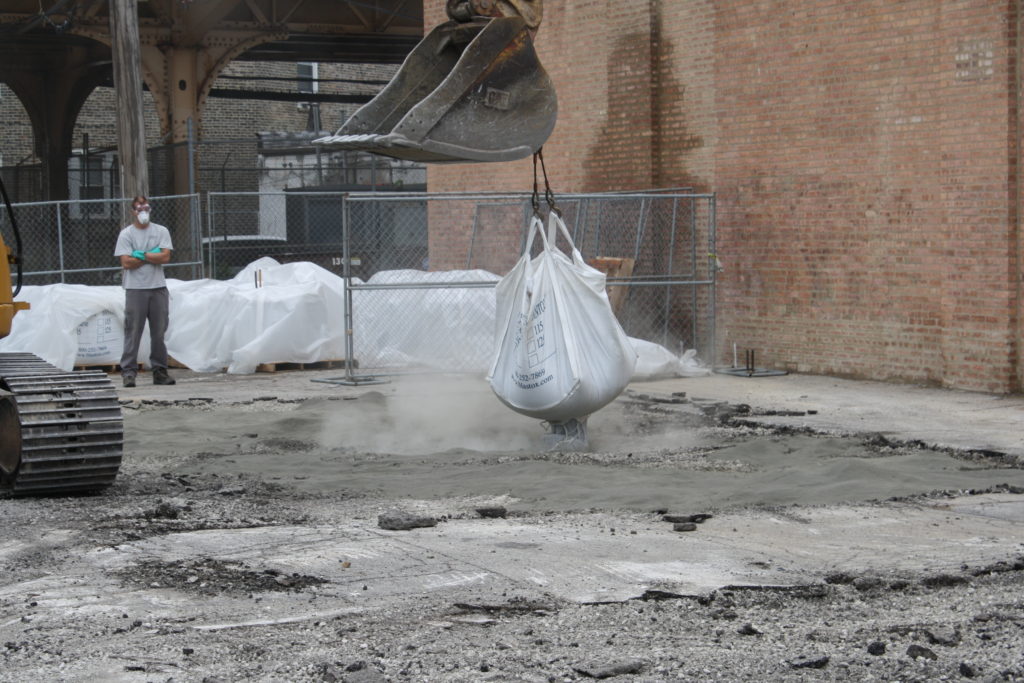
The remedial design for the facility cleanup got completed in June 2018. Remedial cleanup work at the former facility began in September 2018. Soil sampling and testing indicated that lead was present at 110,000 (11%)mg/kg. Blastox 215, was used to stabilize the lead concentrations to non-hazardous levels with a low dose of 3%. This allows for disposal of a non-hazardous material saving a large sum of money for the project.

Battery Plant Lead Cleanup
The cleanup of the former Price Battery lead contaminated property was completed in September 2019. During this work, 7,975 cubic yards of lead-contaminated soils were excavated and disposed of in an approved off-site disposal facility. The excavated area was then backfilled with clean material. Removal of lead-contaminated sediment from the facility portion of Kaercher Creek, stabilization of the creek bed, and installation of a new sheet pile wall were also completed.
Blastox® 215 is a versatile heavy metals stabilization reagent that is effective across a wide variety of wastes. Because of its effectiveness, Blastox® 215 has been used successfully on thousands of tons of battery plant lead contamination.
Its chemistry has a proven long-term stability benefit. Apply it at low dose rates and have peace of mind knowing that the soil remediation waste will remain stable. Typically, the Blastox 215 dosage averages 2% – 5% by weight. The higher hotspot areas get the higher dosage, the lower TCLP areas get a lower dose.
